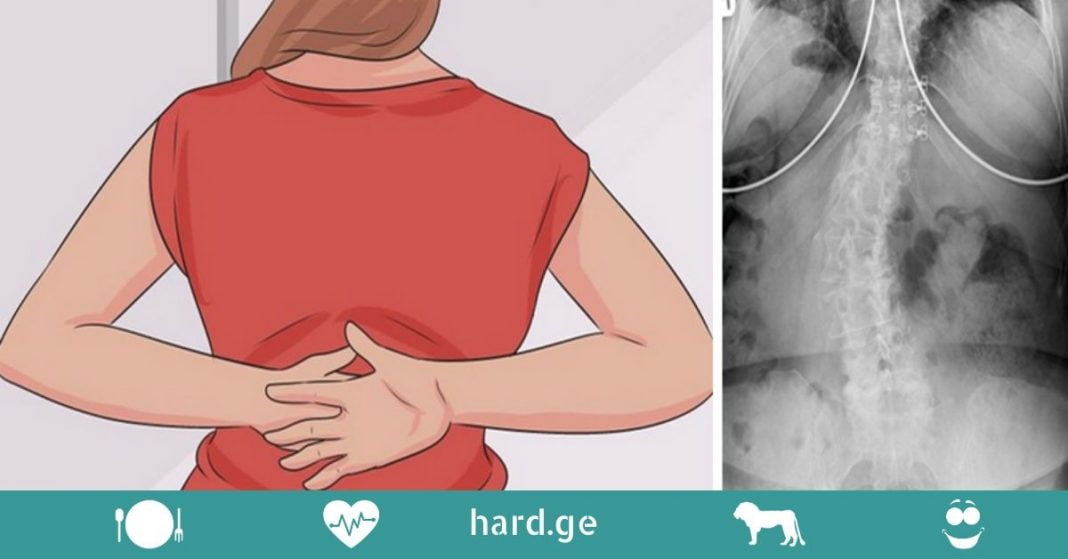As we age, one of the most common complaints we face is back pain. It’s not just a minor discomfort—it’s a condition that affects nearly 80% of the U.S. population at some point in their lives. While back pain may seem inevitable, in most cases it actually stems from very preventable causes, such as poor posture while walking, sitting, lying down, or even while working.
Our modern lifestyle—with long hours at a desk, poor ergonomics, and heavy lifting—can have devastating effects on the spine. Sometimes, simply sitting in the same position for too long or lifting an object incorrectly can trigger serious issues over time.
To help you better understand how to protect your back, here are four of the most common causes of back pain and practical tips to correct them:
1. Sit Properly!
A huge number of people spend many hours a day sitting—whether it’s at work, in the car, or at home. Unfortunately, the way you sit directly impacts your spine. That’s why it’s absolutely essential to learn how to sit correctly and support your back properly.
To start, make sure your back is straight and elongated when you’re sitting. Keep your feet flat on the floor, spaced about shoulder-width apart. Do not cross your legs. Your shoulders should be pulled back and relaxed, not slouched forward. Your neck must be aligned with your spine—don’t crane it forward.
If you spend a lot of time working on a computer, pay attention to your screen’s position. Your monitor should be slightly below eye level and directly in front of you, so you’re not twisting your neck or tilting your head for extended periods.
2. Stand Properly!
It may sound surprising, but the majority of people do not stand correctly. Poor standing posture can create tension in your lower back and lead to long-term problems. One key tip is to evenly distribute your body weight across both feet. Don’t lean more to one side.
Your shoulders should be aligned with your hips and feet, and your back should be straight, not arched. Keep your ears aligned over your shoulders—this is a good indicator that your posture is balanced.
3. Avoid Improper Bending
At some point during the day, we all need to bend over—whether to tie our shoes, pick something up from the floor, or do chores. However, bending incorrectly is one of the fastest ways to hurt your back.
When you bend, keep your feet flat and shoulder-width apart. Do not lock your knees or bend your back. Instead, bend your knees and squat down, keeping your back straight as much as possible. Use your legs to support your motion, not your lower back. When standing back up, do it slowly and carefully—don’t rush.
4. Get Quality Sleep
Back pain doesn’t just appear during the day—it can actually begin while you’re asleep. If you wake up with stiffness or pain in your back, that’s a clear sign your sleep posture needs improvement.
When sleeping on your back, place a pillow under your knees to help support the natural curve of your spine. If you prefer sleeping on your side, most experts recommend the fetal position (also known as the embryonic position). Even in that case, putting a pillow between your knees will help keep your hips aligned and reduce pressure on your spine.
A good mattress and supportive pillows can make a major difference too. Avoid overly soft mattresses that don’t support your back properly.
Final Thoughts
Back pain can be debilitating, but much of it is preventable. By being mindful of your posture—whether you’re sitting, standing, bending, or sleeping—you can drastically reduce your chances of experiencing chronic discomfort. Start incorporating these simple yet effective changes into your daily routine and your back will thank you for years to come.


















